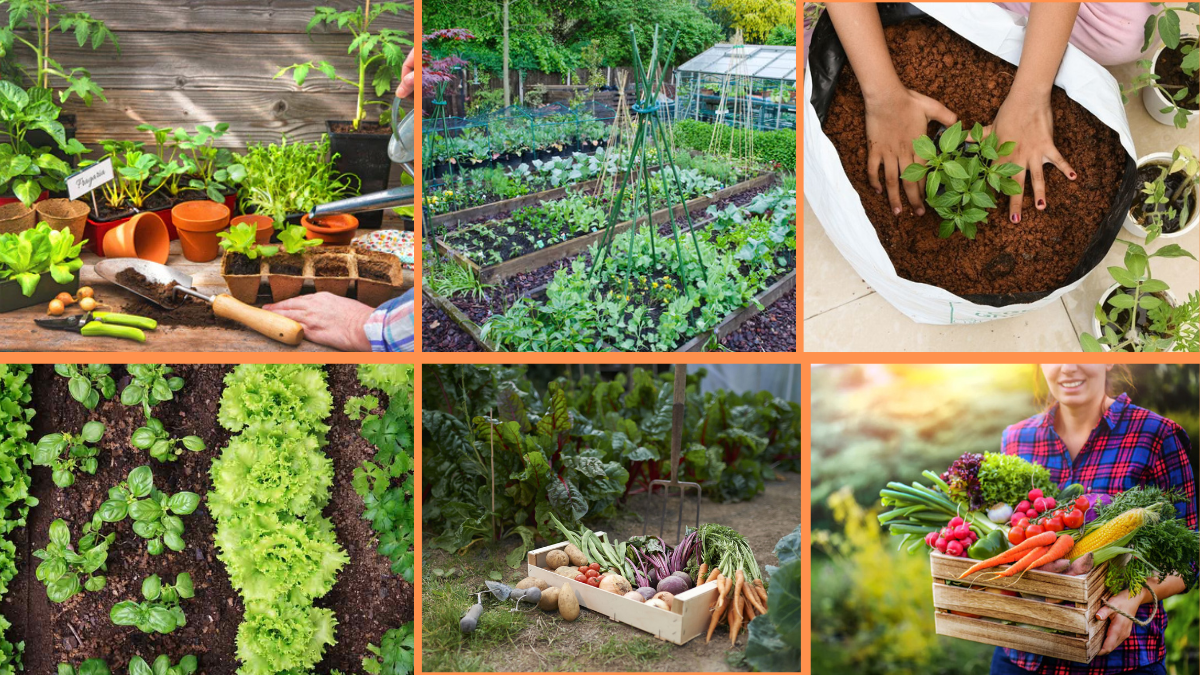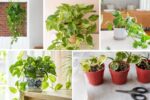There’s something uniquely satisfying about stepping outside to pick fresh vegetables from your own garden. Whether you have a spacious backyard, a small patio, or a sunny windowsill, growing vegetables at home is easier than you might think — and the benefits are endless. From saving money and eating healthier to reducing your environmental footprint, homegrown produce offers it all.
If you’re new to gardening and unsure where to begin, this comprehensive guide will walk you through everything you need to know about starting a vegetable garden at home. Ready to roll up your sleeves and dig in? Let’s get started!

Why Grow Vegetables at Home?
Before diving into the how-to, let’s take a moment to appreciate the why. Here are some compelling reasons to start your own vegetable garden:
- Fresh, organic produce: Enjoy chemical-free, nutrient-rich vegetables picked straight from your garden.
- Cost-effective: Growing your own food reduces grocery bills, especially during peak seasons.
- Eco-friendly: Minimize food miles and packaging waste by producing at home.
- Therapeutic benefits: Gardening lowers stress, improves mood, and promotes physical activity.
- Family-friendly activity: It’s a great way to involve children in learning about nature and healthy eating.
Step 1: Choose the Right Location
A successful vegetable garden starts with selecting the perfect spot. Whether you’re working with a backyard plot, containers on a balcony, or a window box, the basics remain the same.
Key Considerations:
- Sunlight: Most vegetables require at least 6-8 hours of direct sunlight daily. Track the sun patterns in your available space.
- Access to water: Ensure the location is close to a water source for easy, consistent watering.
- Good soil or growing medium: Vegetables thrive in nutrient-rich, well-draining soil.
- Protection: Choose a spot shielded from strong winds, heavy rains, and hungry critters like rabbits or birds.
Tip: No yard? No problem! Many vegetables can be grown in containers on patios, balconies, or sunny windowsills.
Step 2: Decide What Vegetables to Grow
Start by selecting vegetables that suit your local climate, available space, and personal taste.
Easy Vegetables for Beginners:
- Leafy greens: Lettuce, spinach, kale, and arugula
- Root crops: Radishes, carrots, and beets
- Nightshades: Tomatoes, peppers, and eggplants
- Legumes: Green beans and peas
- Herbs: Basil, parsley, mint, and chives
Pro Tip: Begin with 4-6 types of vegetables you and your family enjoy eating. Success with these will give you confidence to expand next season.
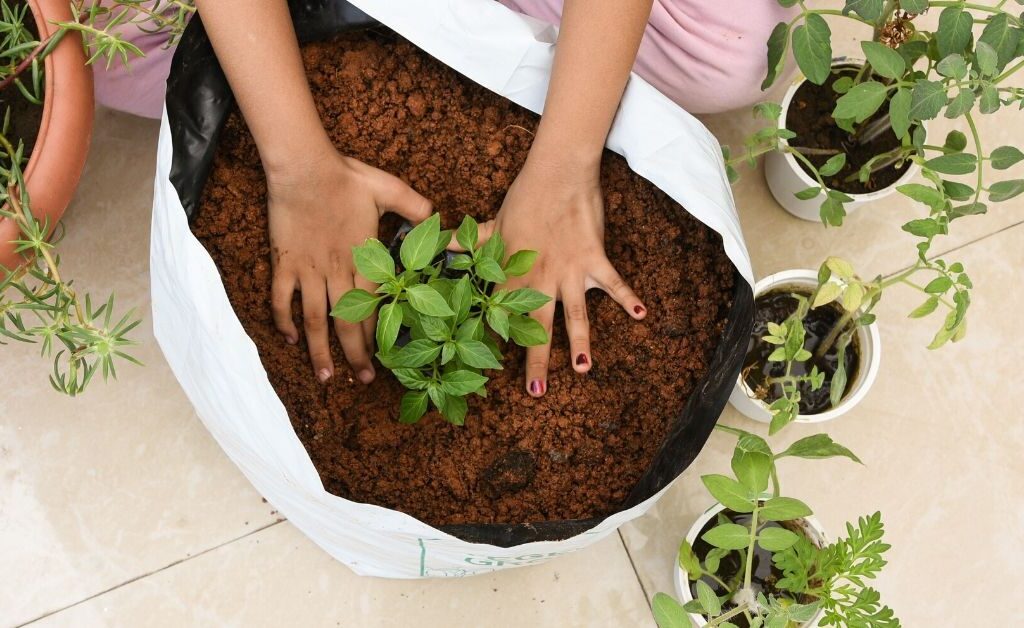
Step 3: Understand Your Soil
If you’re planting in the ground or raised beds, knowing your soil type is crucial.
Check Soil Texture:
- Sandy soil: Drains quickly, but may need organic matter to hold nutrients.
- Clay soil: Holds moisture well, but requires loosening and amendments.
- Loamy soil: Ideal for most vegetables — rich, crumbly, and well-draining.
How to Improve Soil Quality:
- Add organic compost, aged manure, or leaf mold.
- Use mulch to retain moisture and suppress weeds.
- Test your soil’s pH (vegetables prefer a range of 6.0-7.0) and adjust if needed with lime or sulfur.
Container Gardening Note: Use a high-quality potting mix designed for vegetables, not regular garden soil.
Step 4: Gather Your Tools and Supplies
You don’t need a shed full of tools — just a few essentials:
- Hand trowel and garden fork: For digging and turning soil.
- Watering can or hose: To keep plants hydrated.
- Garden gloves: To protect your hands.
- Pruners or scissors: For harvesting and trimming.
- Containers or raised beds (if needed): Ensure good drainage holes.
Optional: Seedling trays, plant markers, and a small compost bin.
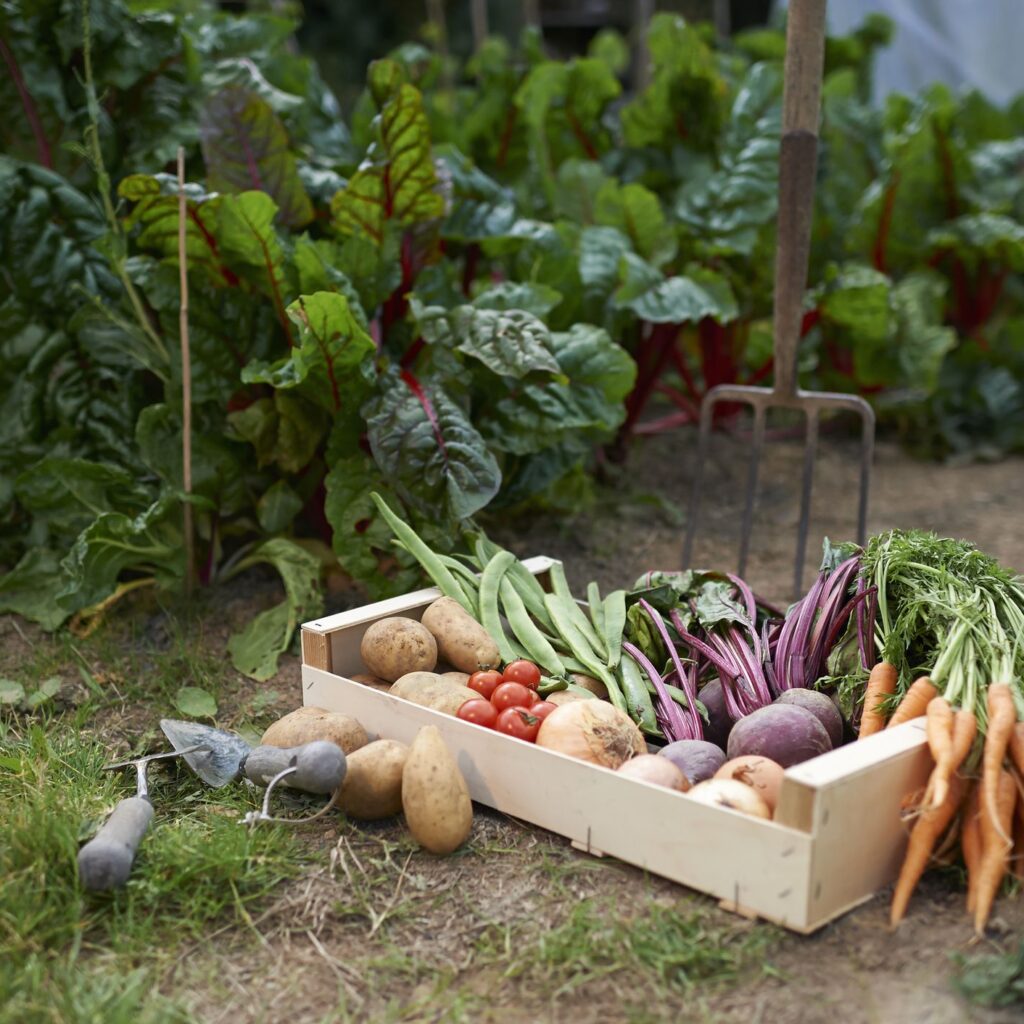
Step 5: Plan Your Garden Layout
Good planning helps maximize your space and harvest. Map out where each vegetable will go based on its growth habit and sunlight needs.
Layout Tips:
- Place taller plants like tomatoes at the back (or center if circular).
- Group plants with similar water and sunlight needs.
- Leave enough space between plants for air circulation.
- Use vertical supports for climbers like peas, beans, and cucumbers.
Tip: In container gardens, pair compatible plants together using the “companion planting” method to deter pests and improve yields.
Step 6: Plant Your Vegetables
Now the exciting part — getting your hands dirty!
Starting from Seeds vs. Seedlings:
- Seeds: Cheaper and offer a wide variety. Start indoors for slow growers (like tomatoes and peppers) and outdoors for quick growers (like radishes and lettuce).
- Seedlings: Great for beginners — less risk and faster harvest times.
How to Plant:
- Follow the spacing and depth instructions on seed packets or plant labels.
- Water thoroughly after planting to settle the soil.
- Keep the soil moist during germination and seedling stages.
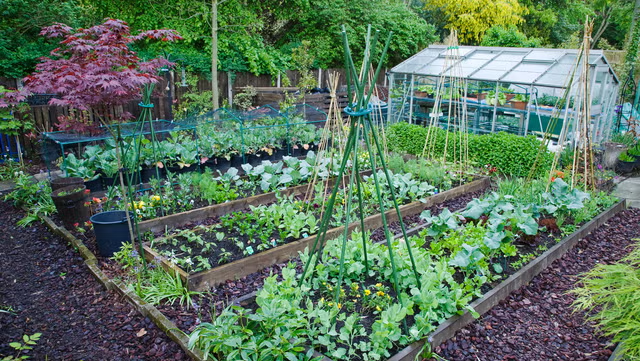
Step 7: Water, Feed, and Care for Your Plants
Consistent care is key to a thriving vegetable garden.
Watering Guidelines:
- Water deeply and regularly — about 1 inch per week.
- Early morning or evening watering is best.
- Container gardens may need more frequent watering.
Fertilizing:
- Use organic fertilizers like compost tea, fish emulsion, or slow-release granular fertilizers.
- Follow recommended feeding schedules based on plant types.
Mulching:
- Apply organic mulch like straw or shredded leaves to conserve moisture, suppress weeds, and improve soil quality.
Step 8: Watch for Pests and Diseases
Unwanted guests like aphids, caterpillars, and fungal diseases can damage your crops.
Natural Pest Control:
- Hand-pick visible pests.
- Use neem oil or insecticidal soap for minor infestations.
- Encourage beneficial insects like ladybugs and predatory beetles.
Disease Prevention:
- Avoid overhead watering to prevent fungal diseases.
- Remove diseased leaves promptly.
- Practice crop rotation each season to reduce soil-borne diseases.
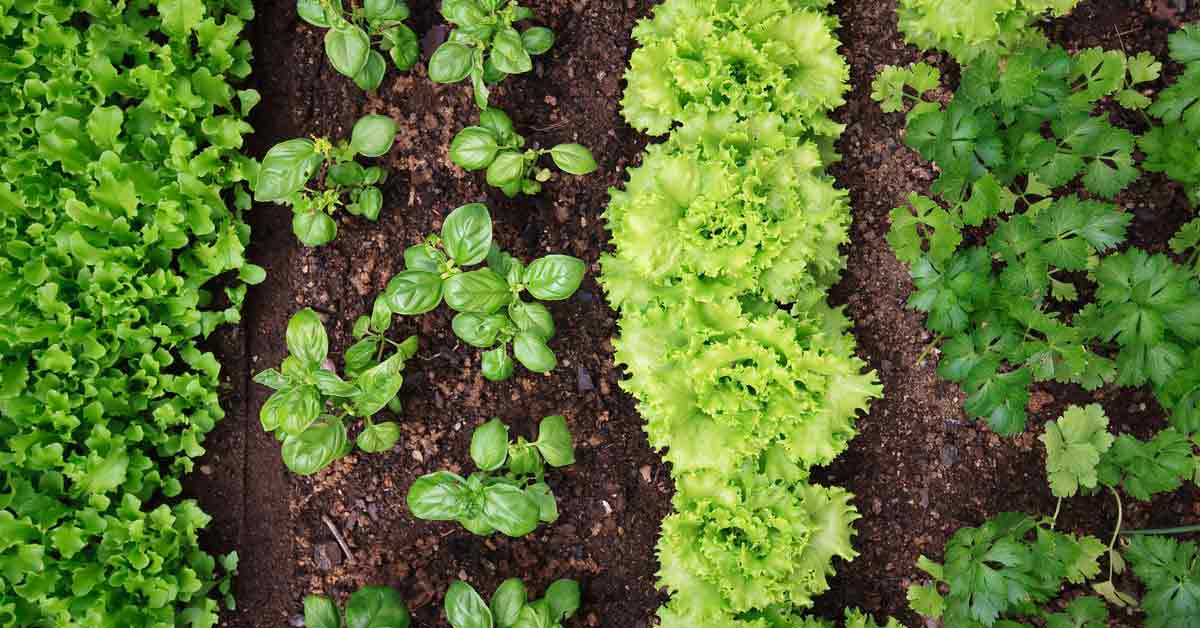
Step 9: Harvest and Enjoy Your Produce
The ultimate reward of home gardening is harvesting fresh, flavorful vegetables.
Harvest Tips:
- Pick leafy greens when young and tender.
- Harvest tomatoes when they’re fully colored and slightly soft.
- Root crops are ready when the tops peek out of the soil.
- Regular harvesting encourages continuous production.
Bonus: Keep a harvest log to track what grows best in your conditions and plan for next season.
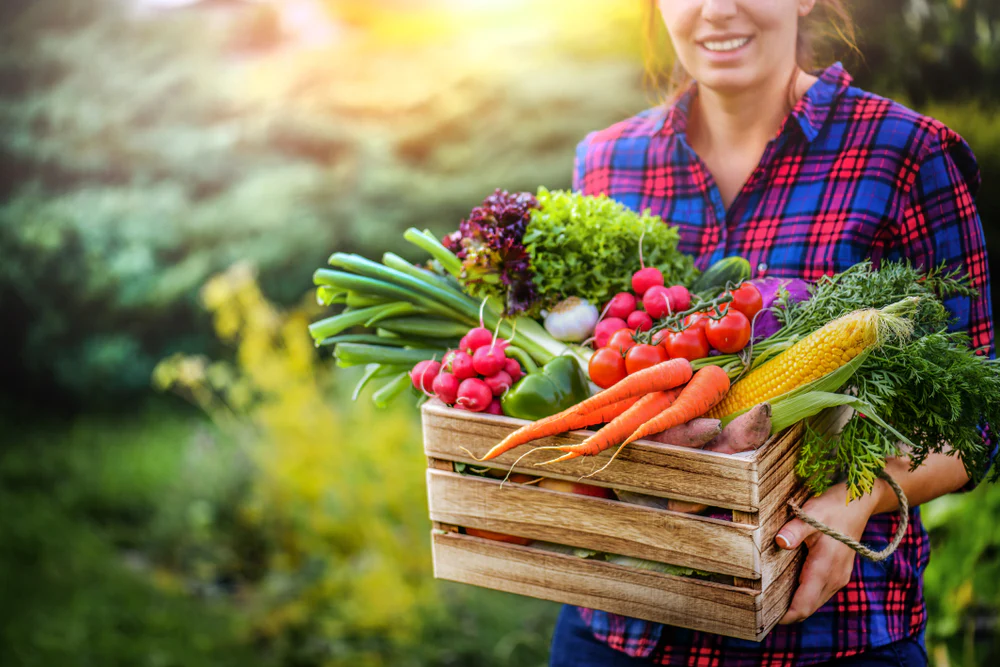
Final Thoughts
Growing vegetables at home is a simple, joyful, and deeply satisfying hobby that brings nature’s bounty to your doorstep. It doesn’t require a huge space or complicated equipment — just a bit of sunlight, good soil, water, and care.
Whether you’re tending a backyard vegetable patch, filling patio containers, or creating a kitchen herb garden, starting small and learning as you grow is the secret to success. Not only will you enjoy fresher, healthier meals, but you’ll also connect with nature and create a green oasis in your daily life.
So why wait? Grab some seeds, a few pots, and get growing — your first homegrown harvest is closer than you think!
